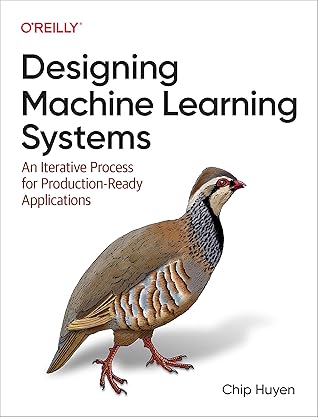More on this book
Kindle Notes & Highlights
by
Chip Huyen
Read between
May 7 - May 14, 2023
In computer vision, the simplest data augmentation technique is to randomly modify an image while preserving its label. You can modify the image by cropping, flipping, rotating, inverting (horizontally or vertically), erasing part of the image, and more. This makes sense because a rotated image of a dog is still a dog. Common ML frameworks like PyTorch, TensorFlow, and Keras all have support for image augmentation.
In NLP, you can randomly replace a word with a similar word, assuming that this replacement wouldn’t change the meaning or the sentiment of the sentence,
Perturbation is also a label-preserving operation, but because sometimes it’s used to trick models into making wrong predictions, I thought it deserves its own section.
Using deceptive data to trick a neural network into making wrong predictions is called adversarial attacks. Adding noise to samples is a common technique to create adversarial samples. The success of adversarial attacks is especially exaggerated as the resolution of images increases. Adding noisy samples to training data can help models recognize the weak spots in their learned decision boundary and improve their performance.
Adversarial augmentation is less common in NLP (an image of a bear with randomly added pixels still looks like a bear, but adding random characters to a random sentence will likely render it gibberish), but perturbation has been used to make models more robust. One of the most notable examples is BERT, where the model chooses 15% of all tokens in each sequence at random and chooses to replace 10% of the chosen tokens with random words.
ML algorithms work well in situations when the data distribution is more balanced, and not so well when the classes are heavily imbalanced. Unfortunately, problems with class imbalance are the norm in the real world.


